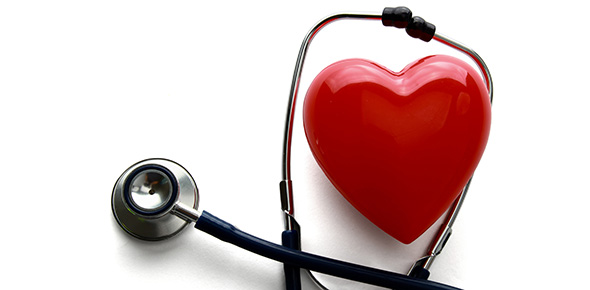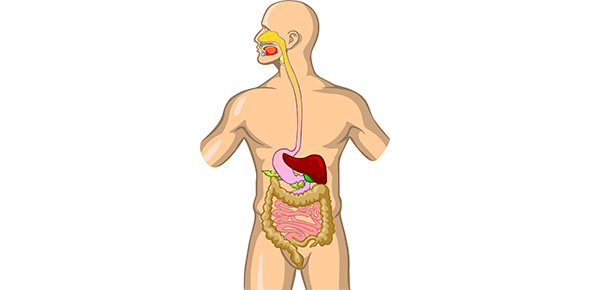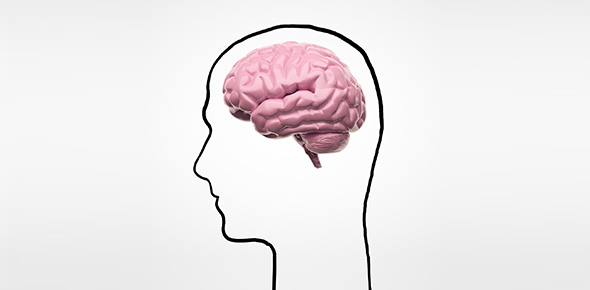Related Flashcards
Related Topics
Cards In This Set
| Front | Back |
|
CN II
|
The optic nerves are necessary for vision and also carry the afferent fibers of the pupillary light reflex to the midbrain.
|
|
CN III
|
These nerves carry efferent parasympathetic fibers from the pupillary light reflex center of the midbrain to the fibers of the ciliary ganglion, which innervate the constrictor muscle of the pupils. They are also efferent to the levator palpebrae muscles; the dorsal, medial, and ventral rectus muscles; and the ventral oblique muscles of the eye.
|
|
CN IV
|
These are the motor nerves to the dorsal oblique muscles of the eye.
|
|
CN V
|
These nerves have 3 branches. The mandibular branch is the motor nerve to the muscles of mastication and the sensory nerve to the floor of the oral cavity, ventral arcade, and the skin of the ventrolateral head. The ophthalmic and maxillary branches are sensory to the skin of the dorsolateral head; mucous membranes of the roof of the oral cavity, the dorsal arcade, and the nasal cavity; and the eyeball, including the cornea (pain).
|
|
CN VI
|
These are the motor nerves to the lateral rectus and retractor bulbi muscles of the eye.
|
|
CN VII
|
These are the motor nerves to the muscles of facial expression (ear, eyelids, nose, and mouth).
|
|
CN VIII
|
There are 2 main divisions of these nerves. The first division, the cochlear nerve, transmits auditory stimuli. The second division, the vestibular nerve, functions to maintain posture, muscle tone, and equilibrium.
|
|
CN IX and X
|
The glossopharyngeal nerves provide sensory and motor control of the pharynx and larynx, and the vagus nerves, of the viscera.
|
|
CN XI
|
These nerves innervate the trapezius, sternocephalic, and brachycephalic muscles.
|
|
CN XII
|
These are the motor nerves to the tongue and geniohyoid muscles
|
|
How do you test CN II?
|
Visual Tests: Cotton balls can be dropped and the animal observed watching them fall to the floor. The menace response is tested by making a threatening gesture toward each eye and causing the animal to blink. Excessive air currents or touching the eyelashes should be avoided because this will test response to touch, rather than to vision. Obstacle testing may be necessary when visual acuity is in doubt. It is useful to blindfold one eye at a time to detect blindness of either eye.
Pupillary Light Reflex: A bright focal light is directed into each pupil toward the temporal retina, and the pupil observed for immediate constriction. The opposite pupil should constrict consensually.
Ophthalmoscopic Examination: This detects local eye diseases. Chorioretinitis or papilledema may be associated with central or peripheral nervous system diseases.
|
|
How do you test CN III?
|
Tests: The pupillary light reflex test should be performed as for the optic nerves, and constriction of the pupils to light observed. The presence or absence of ptosis of the upper eyelid as well as ventrolateral strabismus should be noted.
|
|
How do you test CN IV?
|
Test: The eyeballs should be observed for dorsomedial strabismus (easiest to see in species with a horizontal or vertical shaped pupil).
|
|
How do you test CN V?
|
Tests: Jaw tone and masticatory movements should be evaluated, and the masseter and temporalis muscles palpated for atrophy to evaluate the motor component of the trigeminal nerve. The sensory function can be evaluated by touching the medial and lateral canthi of the eyelid, which elicits the palpebral reflex and closure of the eyelids. Stimulation of the cornea results in globe retraction. In stoic animals, sensation is tested by a pinprick to the nasal mucosa (an avoidance response will be seen).
|
|
How do you test CN VI?
|
Tests: The eyeballs should be observed for medial strabismus. The corneal reflex should be elicited with the eyelids held open, and the eyeball observed for retraction and the third eyelid observed for prolapse.
|








